Frank Weston Benson Born March 24, 1862 Salem, Massachusetts
Died November 15, 1951 (aged 89) Salem, Massachusetts
Nationality American
Education School of the Museum of Fine Arts, Boston, Académie Julian Paris.
Known for Impressionist painting Frank Weston Benson S
elf-Portrait oil Frank Weston Benson.
Works
Interiors and Still Life, Landscapes, Murals, Portraits, Waterscapes, Wildlife.
Summer (1909)
Frank Weston Benson, frequently referred to as Frank W. Benson, (March 24, 1862 – November 15, 1951) was an American artist from Salem, Massachusetts known for his Realistic portraits, American Impressionist paintings, watercolors, and etchings. He began his career painting portraits of distinguished families and murals for the Library of Congress. Some of his best-known paintings (Eleanor, Museum of Fine Arts, Boston; Summer, Rhode Island School of Design Museum) depict his daughters outdoors at Benson's summer home, Wooster Farm, on the island of North Haven, Maine. He also produced numerous oil, wash, and watercolor paintings and etchings of wildfowl and landscapes.
In 1880, Benson began to study at the School of the Museum of Fine Arts, Boston under both Otto Grundmann and Frederic Crowninshield. In 1883 he traveled to Paris to study at the Académie Julian. He enjoyed a distinguished career as an instructor and department head at the School of the Museum of Fine Arts, Boston. He was a founding member of the Ten American Painters, the American Academy of Arts and Letters, and The Guild of Boston Artists.
Biography
Early years
Frank Weston Benson was born to George Wiggin Benson, a successful cotton broker, and Elisabeth Poole, from families who founded Salem, Massachusetts. Benson obtained his appreciation of the sea from his grandfather, Captain Samuel Benson. When he was 12, he was given a sailboat[3]: 13 in which he explored the waterways and marshes and raced against his brother, John Prentiss Benson. To encourage educational activity, Benson's parents gave their children a weekly allowance to foster independent study and hobbies, such as Salem's Hamilton Hall dance classes, Lyceum lectures, or equipment for photography. The brothers kept active by participating in sports, as well as fishing and hunting.
Benson's father gave him a shotgun and taught him how to hunt shorebirds along the North Shore and wildfowl in the local fields and marshes. He spent nearly all of his weekends hunting or fishing in the fields, marshes and streams. To his good friend Dan Henderson, he wrote of their childhood adventures:
"We used to spend our Saturdays chasing coot and old squaws in Salem Harbor. Then, after working hard all day to get one bird, we would assemble at Sam Shrum’s or mine and chew the rag until we were so sleepy we could not hold up our heads. What a minute account each had to give of each movement of every bird seen and every shot missed. It was almost criminal to miss an easy shot in those days, so many excuses had to be invented. One word would have served for all in my case if it had been invented then, I was generally 'rattled,' I think when you and I went ducking."
His brother, John Prentiss Benson, was an architect and painter in his own right. Both of his sons may have been influenced by their mother, Elisabeth Poole Benson, who Frank once remarked, had "a little room" on the top floor of their house where she would go to paint and "forget about the rest of the world".
Artistic studies
An avid birdwatcher and wildfowl hunter, Benson wanted to be an ornithological illustrator. At the age of 16, he painted Rail, one of his first oil paintings, after a hunting trip. He began his studies at the School of the Museum of Fine Arts, Boston in 1880, and there befriended Joseph Lindon Smith, Robert Reid, and Edmund Charles Tarbell. Capitalizing on what he learned, Benson held drawing classes in Salem and painted landscapes during the summer of 1882.
On Benson's 21st birthday his parents gave him a gift of $2,000 to study in Europe.
He traveled to Paris and studied at the Académie Julien from 1883 to 1884 with Edmund Tarbell and Joseph Lindon Smith; Joseph Lindon Smith and Benson shared an apartment. At the Academy, Benson studied under Jules-Joseph Lefebvre, William Turner Dannat, and Gustave Boulanger. Gustave Boulanger, one of Benson's teachers at Académie Julien, said to him: "Young man, your career is in your hands... you will do very well." After his study at Académie Julien, Benson traveled to England's Royal Academy to see his painting "After the Storm" on exhibit.[8] He also spent time in Italy, Belgium, Germany, and Brittany.
Influences
Benson was "deeply influenced" by Johannes Vermeer and Diego Velázquez, masters from the seventeenth century. Vermeer painted few works during his lifetime, about 35-36 [universally accepted] paintings, but nearly each of them has become a masterpiece. The Dutch artist from Delft was astute in his depiction of light and the "poetic quality" of his subjects.
Impressionism, particularly the work of Claude Monet, played a role in the development of Benson's own American Impressionistic style. He capitalized on Monet's color palette and brush strokes and keenly depicted "reflected light", yet maintained some detail in the composition. Per Chambers, Benson represented American people with an "ideal of grace, of dignity, of elegance."
Influences from Impressionism
Claude Monet, The Artist's Garden at Vétheuil, 1880, National Gallery of Art, Washington D.C.
Benson's watercolors reminded some critics of Winslow Homer's works.
Robert Reid, Her First Born, 1888, Brooklyn Museum
Willard Metcalf, My Wife, and Daughter, ca. 1917
Benson was not one to experiment with emerging art forms, like Cubism, Expressionism, and Fauvism. As American Impressionism extended to Post-Impressionism about 1913, Benson stayed with traditional genres and his American Impressionist style. As a result, "The pretty, genteel life that Benson had depicted was criticized. Benson's reaction was to turn to nature, and birds replaced the women and children as his objects of interest." said Dean Lahikainen, curator of the Peabody Essex Museum.
Marriage and children
In the summer of 1884, Benson painted at Concarneau, along with Willard Metcalf and Edward Simmons. While there, Benson became engaged to the daughter of friends from Salem, Massachusetts, Ellen Perry Peirson. They married in 1888 when Benson had established himself in his career and raised four children: Eleanor (born 1890), George (born 1891), Elisabeth (born 1892), and Sylvia (born 1898).
Instructor
Benson became a Portland, Maine School of Art instructor in 1886. The spring of 1889 he began teaching antique drawing at the School of the Museum of Fine Arts, Boston, and in 1890 became head of the Painting department. The school's reputation grew and its enrollment tripled under the leadership of Philip Hale, Benson, and Edmund C. Tarbell. Students were assessed on the basis of their skill and placed at the appropriate level (from low to high): Hale had a class for beginners, Benson concentrated on how to depict figures while Tarbell covered still-lifes. Benson, a favored instructor called "Cher Maitre" ("Dear Master") by his students, taught until 1913. Among his pupils were the portraitist Marie Danforth Page and the miniaturist Bertha Coolidge.
Works
Main article: List of works by Frank Weston Benson
Moonlight on the Waters oil 1899
William H. Gerdts, the art historian, wrote of Benson's work in his introduction to Faith Andrews Bedford's biography of the painter: "Frank Benson painted some of the most beautiful pictures ever executed by an American artist. They are images alive with reflections of youth and optimism, projecting a way of life at once innocent and idealized and yet resonant with a sense of certain, selective realities of contemporary times."His work was also part of the art competitions at the 1932 Summer Olympics and the 1936 Summer Olympics.
Realism
Benson opened his first studio in Salem in 1886 with his friend, Phillip Little, and began painting portraits, an occupation in which Benson took seriously. He once said: "The more a painter knows about his subject, the more he studies and understands it, the more the true nature of it is perceived by whoever looks at it, even though it is extremely subtle and not easy to see or understand. A painter must search deeply into the aspects of a subject, must know and understand it thoroughly before he can represent it well."
Benson took a Boston studio in 1888 with Edmund C. Tarbell. He gained favorable attention in his first showing at the Society of American Artists in New York, with a piece that suggested the influence of academic Realism.
At the suggestion of his friend, Joseph Lindon Smith, Benson spent several summers in Dublin from 1889 to 1893, where he painted with and was influenced by Abbott Thayer. By the early 1890s, he began using his family as subjects. Benson later recalled it was then that he realized design was the most important component of painting. Consequently, works of the period evidence a greater interest in and command of pattern, silhouette, and abstract design.
Red and Gold, portrait of countess Clelia de Candia, 1915, Butler Institute of American Art, Youngstown, Ohio
Impressionism
It was only after joining the "Ten American Painters" in 1898 that Benson shifted from the decorative painting of murals (for the Library of Congress) and allegories to a genuine interest in Plein-air Impressionism.
Continuing a pattern that the Bensons would follow for years, the family left Boston during the summers. The family spent summers in New Castle, New Hampshire from 1893 to 1900, where Benson made some of his first Impressionist paintings, such as Children in the Woods and The Sisters. The popularity of The Sisters, a painting of daughters Elizabeth and Sylvia, won medals in expositions throughout the United States and in Paris, was a prelude to the successes of the next 20 years, when Benson became famous for a series of paintings of his family. After New Castle, the Bensons spent their summers on North Haven Island in Penobscot Bay in Maine at Wooster Farm. Benson made Impressionist works of his family in earnest at Wooster Farm en plein air. The summer home afforded a great view of the bay and surrounding area. Near the house was an old orchard, large fields provided plenty of space for the children to play and for a garden and the property stood beside a wooded area.
Like the French Impressionists, Benson focused on capturing light. To his daughter Eleanor he said, "I follow the light, where it comes from, where it goes." A critic said of Benson's work: "It is impossible to believe that mere paint, however clearly laid on, can glow and shimmer and sparkle as does that golden light on his canvas."
Through his role as a teacher, work as an artist, and affiliation with professional organizations for artists, Benson was a leader in American Impressionism. In 1898 Benson and nine other artists including William Merritt Chase, Thomas Dewing, Childe Hassam, and J. Alden Weir formed "Ten American Painters". They conducted annual exhibitions of their works in New York City and often showed in other cities, such as Boston, and became known as the American Impressionists.
The Traditional Fine Arts Organization claimed he was "one of the last great American Impressionists."
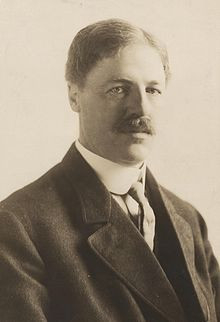
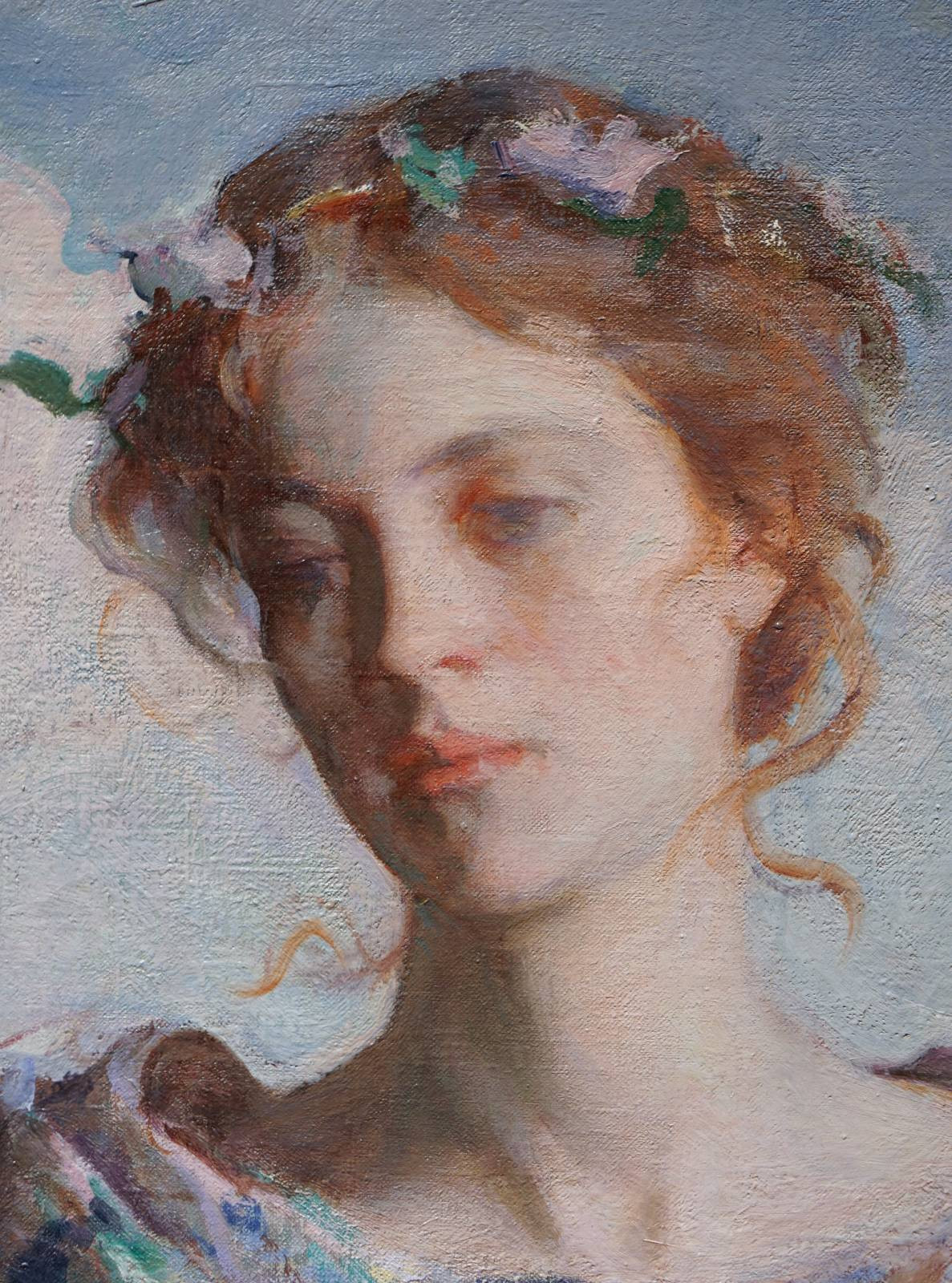
 Amanda S. Stevenson
Amanda S. Stevenson 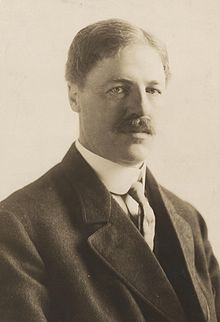
 Amanda S. Stevenson
Amanda S. Stevenson 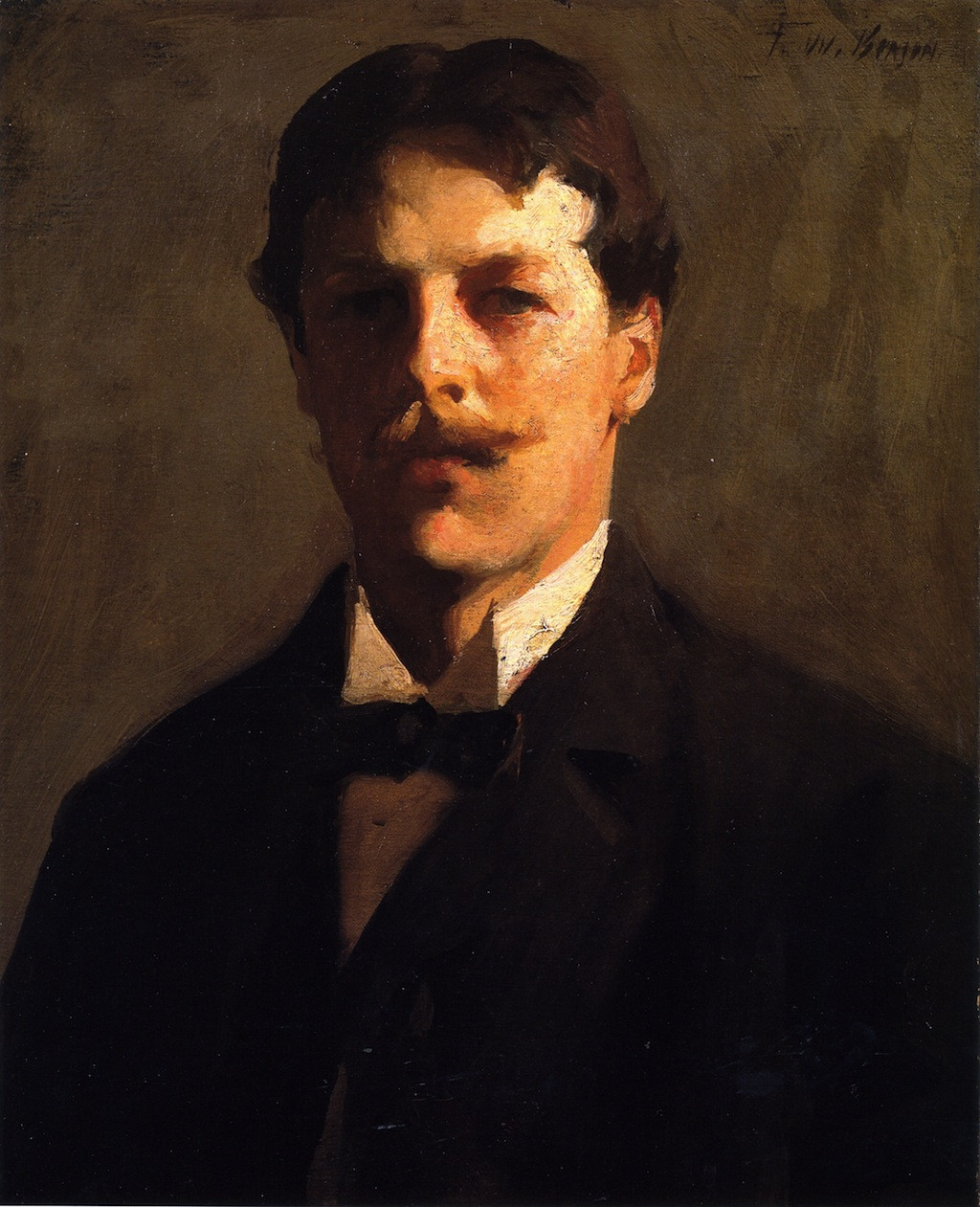
 Amanda S. Stevenson
Amanda S. Stevenson 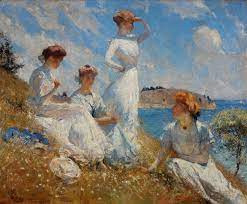
 Amanda S. Stevenson
Amanda S. Stevenson 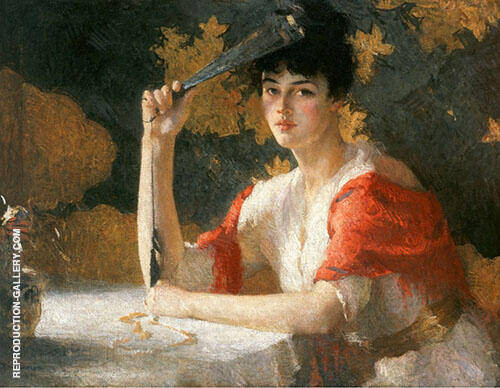
 Amanda S. Stevenson
Amanda S. Stevenson 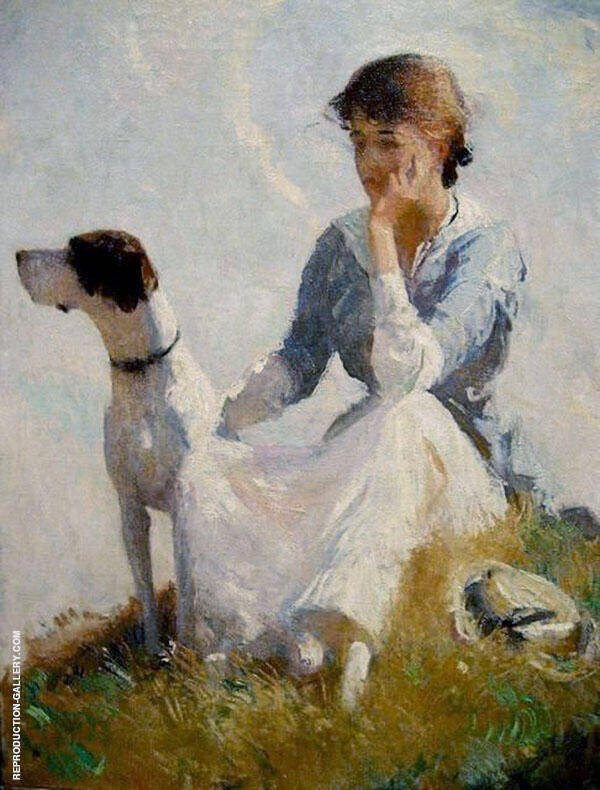
 Amanda S. Stevenson
Amanda S. Stevenson 
